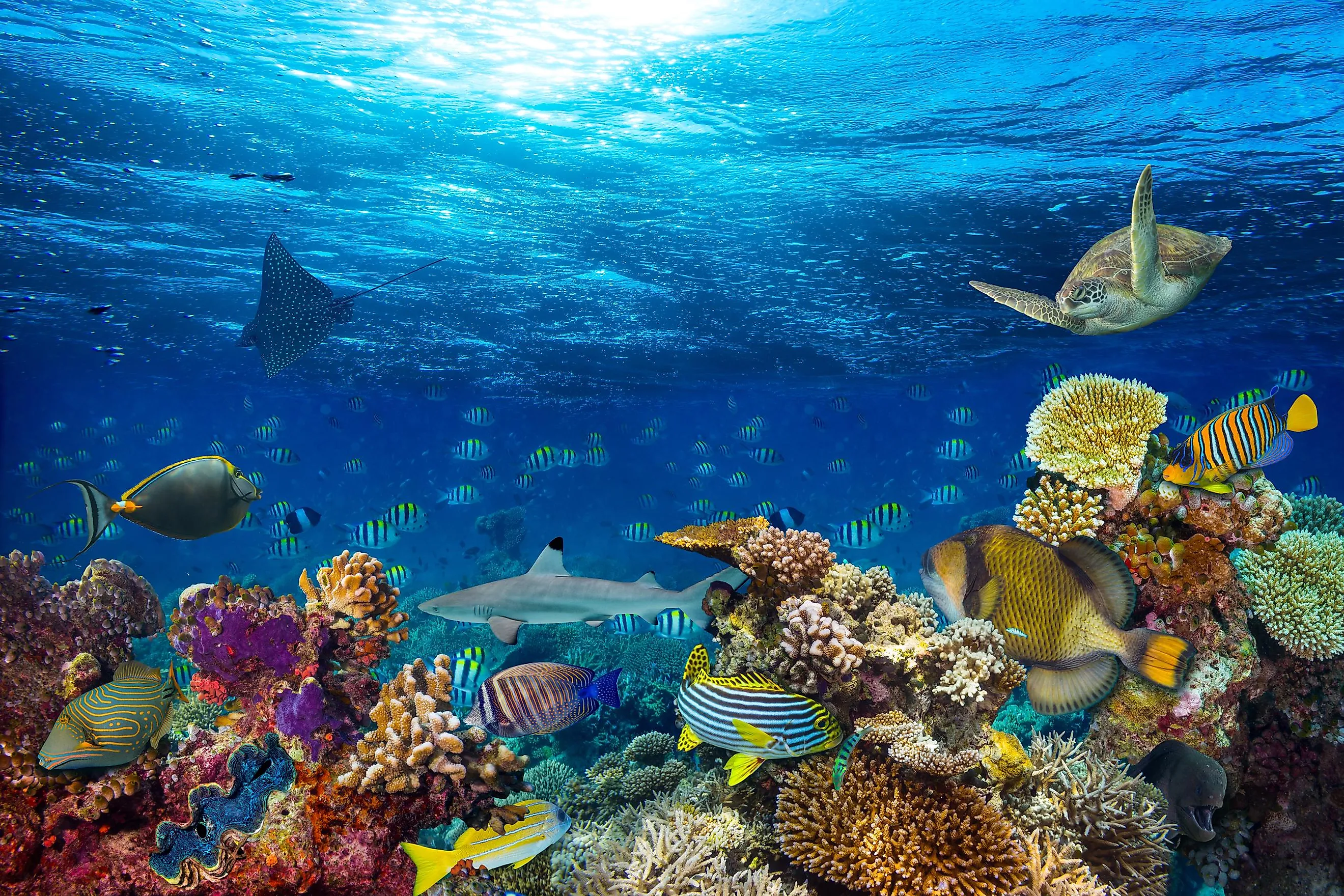
Ocean Zones
Oceans are vast saltwater bodies that contain 97% of the planet’s water and cover about 70.8% of the Earth’s surface. Oceans are integral components of the Earth’s hydrosphere and are, therefore, critical to life on Earth. As a massive heat reservoir, oceans play a significant role in the water and global carbon cycles, in turn influencing the Earth’s climate.
Based on various physical and biological conditions, the ocean is divided into different vertical and horizontal zones by the oceanographers. Oceanic zones refer to the deep open ocean which lies beyond the continental shelf. The pelagic zone, which contains the water column of the open ocean, can be divided vertically into five different layers depending on the depth. The overall pelagic zone occupies 320 million cubic miles with a mean depth of 2.29 miles and a maximum depth of 6.8 miles.
Layers Of The Pelagic Zone
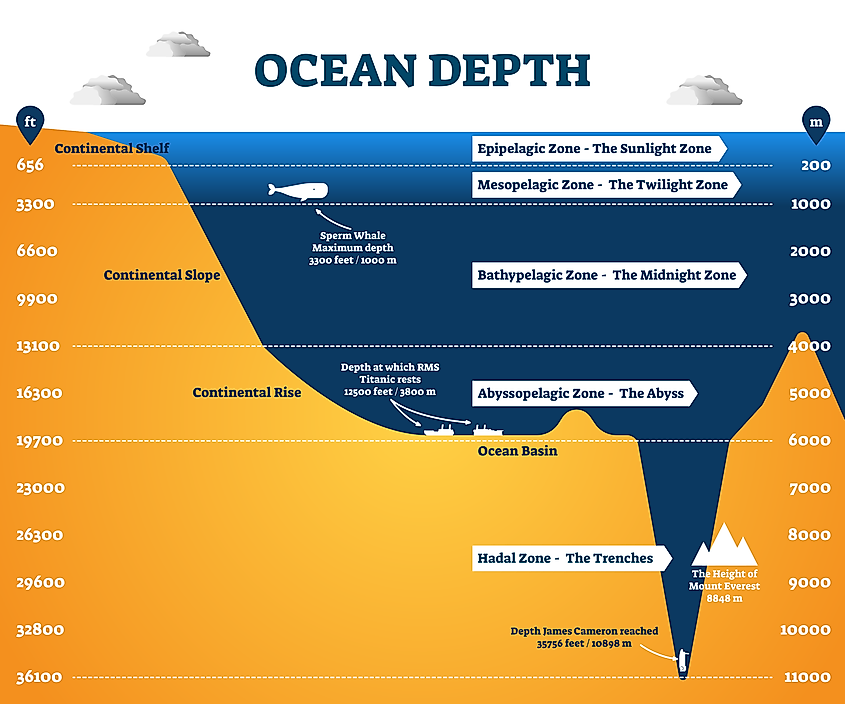
From top to bottom, the five vertical layers of the pelagic zone include Epipelagic (Sunlight Zone), Mesopelagic (Twilight Zone), Bathypelagic (Midnight Zone), Abyssopelagic (Abyssal Zone), and Hadopelagic (Hadal Zone).
Epipelagic Zone
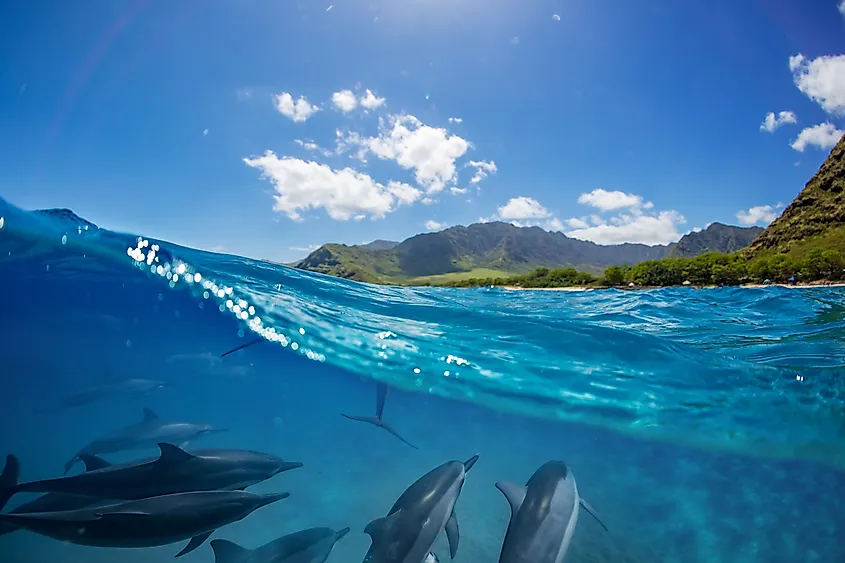
Also referred to as a euphotic zone, sunlight zone, and photic zone, the epipelagic zone refers to the illuminated zone at the ocean's surface. The term ‘epipelagic’ has been derived from the Greek words ‘epi,’ which means ‘at the surfaces,’ and ‘pelagikos,’ which means ‘of the sea.’ It extends from the surface downwards to around 660 ft and is the zone that receives sunlight. The abundant solar energy allows the primary producers, such as phytoplankton, to perform photosynthesis. The growth of phytoplankton here is greatly strengthened by upwelling, which transports nutrients from the deep waters into the photic zone.
About 95% of primary production in the ocean takes place in the epipelagic zone, which harbors more than 90% of marine life. Some of the notable aquatic flora and fauna that are found in this zone include phytoplanktons like coccolithophores, dinoflagellates, cyanobacteria, cryptomonads, and diatoms. The consumers in the photic zone include zooplankton, copepods, crustaceans, nektons, jellyfish, sharks, and dolphins.
Mesopelagic Zone
Also referred to as the twilight zone, the disphotic zone, and the middle pelagic zone, the mesopelagic zone is the pelagic zone portion that is placed between the photic epipelagic and the aphotic bathypelagic zones. It extends from 660 ft downwards to around 3,300 ft, occupying about 60% of the earth’s surface and 20% of the volume of the ocean. Moreover, the mesopelagic zone plays a crucial role in the biological pump of the ocean, which in turn contributes to the Global Oceanic Carbon Cycle.
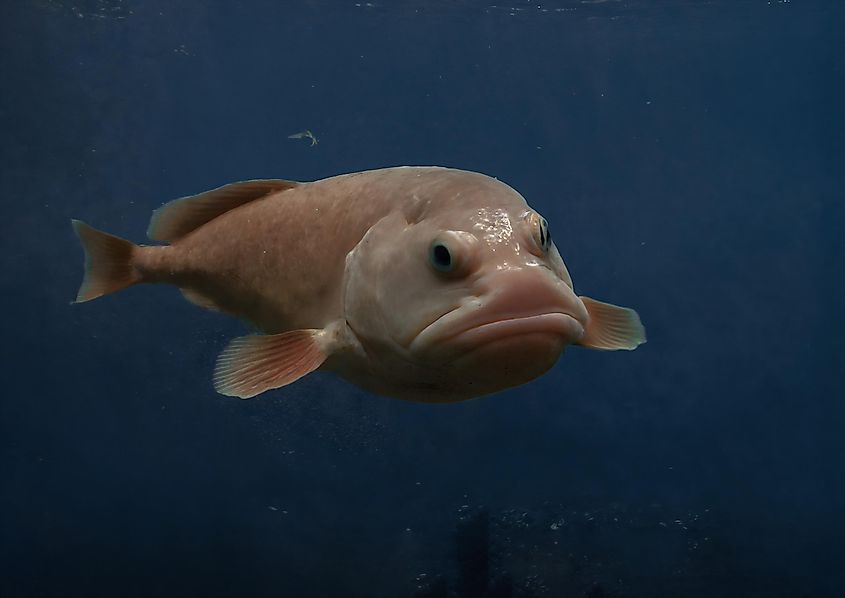
Although some sunlight reaches the mesopelagic zone, it is inadequate for performing photosynthesis. Hence, the biological life found in this zone has adapted to low-light environments. The notable marine organisms in this zone include heterotrophic bacteria, giant squid, wolffish, blobfish, swordfish, bristlemouths, cuttlefish, etc. The existence of bioluminescent creatures was also first noted in this zone. Some of the creatures in the mesopelagic zone rise to the epipelagic zone to feed during the night.
Bathypelagic Zone
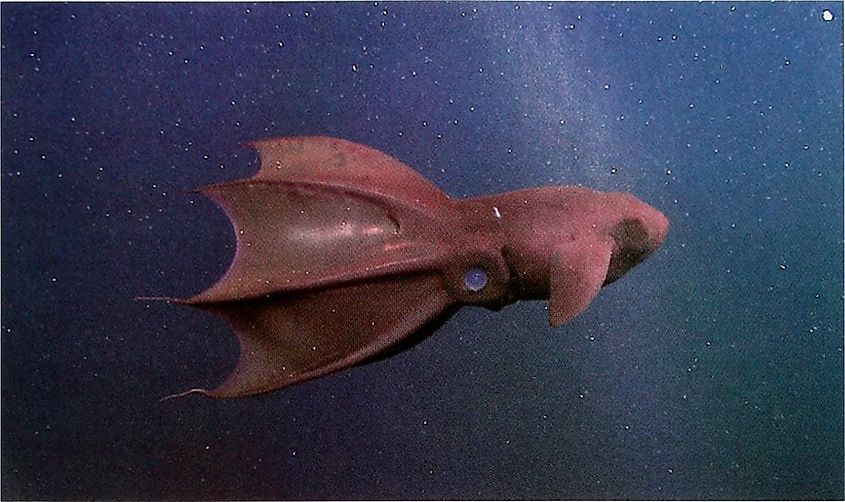
Also known as the bathyal zone, the aphotic zone, and the midnight zone, the bathypelagic zone is that open ocean portion placed between the mesopelagic zone and the abyssopelagic zone. It extends from 3,300 ft downwards to around 13,000 ft. Sunlight does not reach this ocean zone; thus, the only light here comes from bioluminescent creatures.
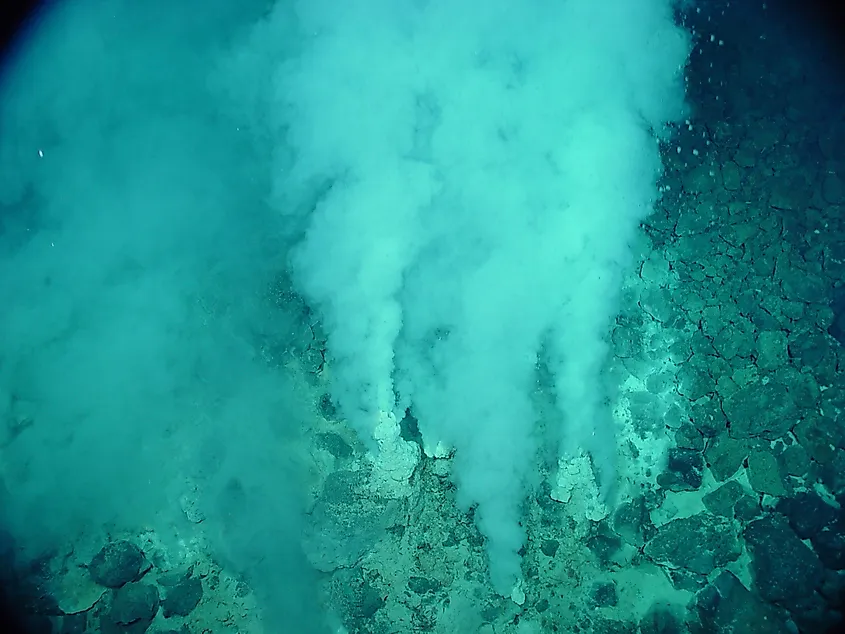
The trophic networks in the bathypelagic ecosystem come from the Particulate Organic Matter or marine snow that sinks from the above epipelagic and mesopelagic zones and the input of oxygen via the thermohaline circulation. Some notable inhabitants of the bathypelagic zone include giant and smaller squid, dumbo octopuses, and many deep-water fish species like anglerfish, dragonfish, gulper eel, and amphipods.
Abyssopelagic Zone
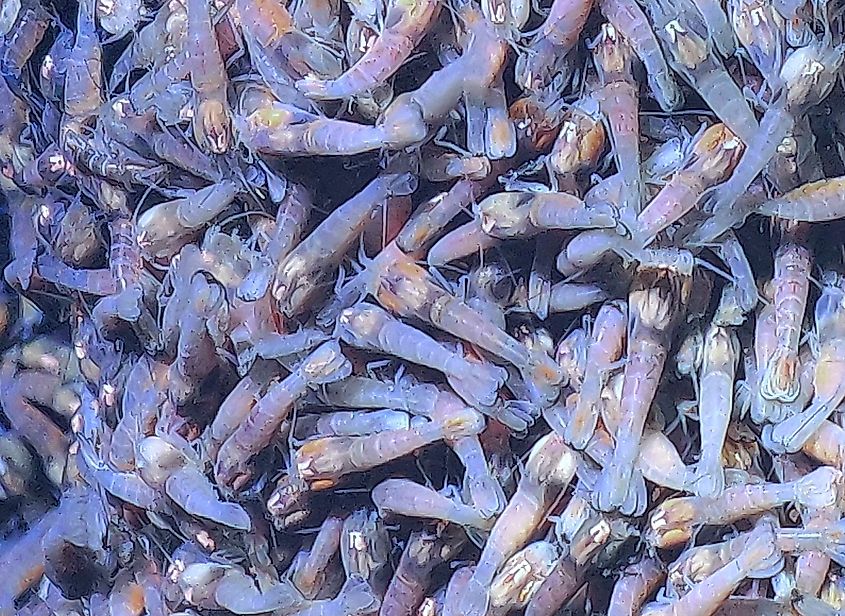
Also referred to as the abyssal zone, the abyssopelagic zone is that pelagic zone layer that remains completely dark. Extending from 13,000 ft downwards to 20,000 ft, this zone covers 60% of the Earth’s surface and 83% of the ocean’s total area. Besides being entirely dark, the abyssal zone is characterized by high pressures, cold temperatures, and a lack of oxygen-producing plants.
Moreover, this zone contains a high concentration of nutrient salts such as phosphorus, silica, and nitrogen, mainly from the dead organic material from higher ocean zones that drift down and decompose here. Some notable inhabitants of the abyssopelagic zone include tripod fish, cusk eel, abyssal grenadier, sea spider, sea pig, and swimming cucumber. Most of the species that are found in this zone are transparent and eyeless creatures.
Hadopelagic Zone
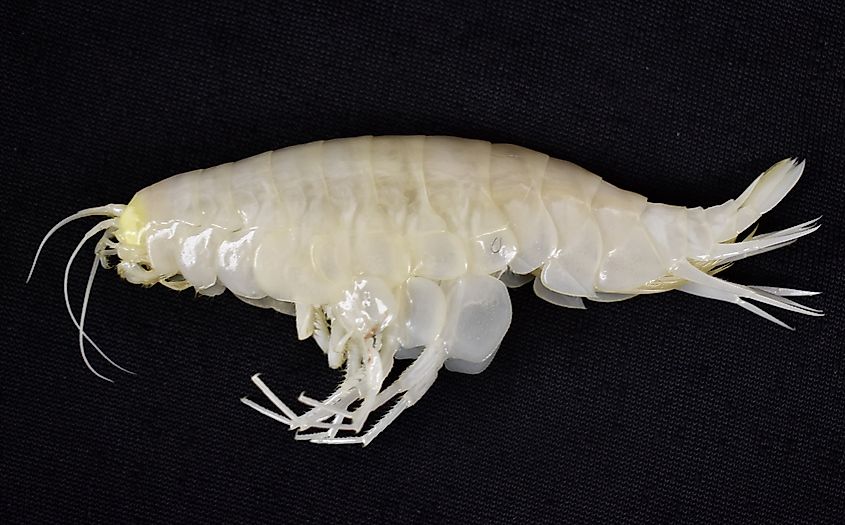
Also known as the hadopelagic zone, the hadal zone refers to the ocean’s deepest region that is located within the oceanic trenches. The term “hadal,” initially proposed by the Danish oceanographer Anton Frederik Bruun, refers to Hades, the God of the Underworld in ancient Greek mythology. This zone extends from 20,000 ft downwards to 36,000 ft and ranges between 3.7 to 6.8 miles. Extremely high hydrostatic pressures, complete lack of sunlight, scarcity of nutrients, and low temperatures characterize the deepest ocean trenches.
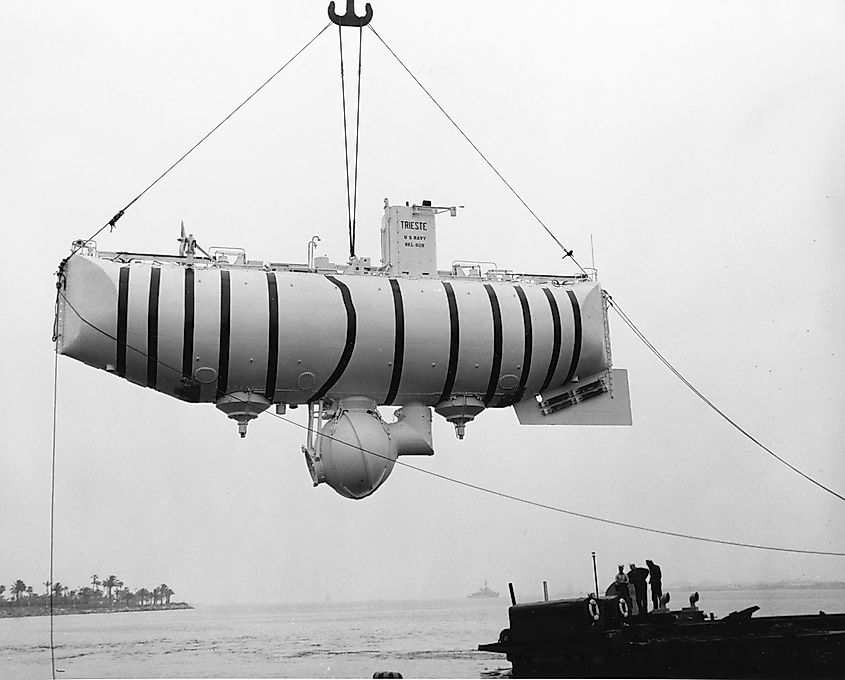
Most organisms found in the hadal ecosystems are either scavengers or detrivores and are highly adapted to extreme environmental conditions. Many endemic animals are found here, including giant amphipods, isopods, and mysids, and small kinorhynchs, nematodes, and copepods. A species of cusk eel named Abyssobrotula galatheae is the deepest-living fish that was discovered in 1970 from a depth of 27,460 ft in the Puerto Rico Trench.
The above article discusses in detail the five vertical ocean zones that have been categorized based on the amount of sunlight they receive and the distinctive flora and fauna that inhabit these zones. Although oceanographers worldwide have spent several years studying the ocean, there is still much more to be learned and discovered in its fathomless depths.











